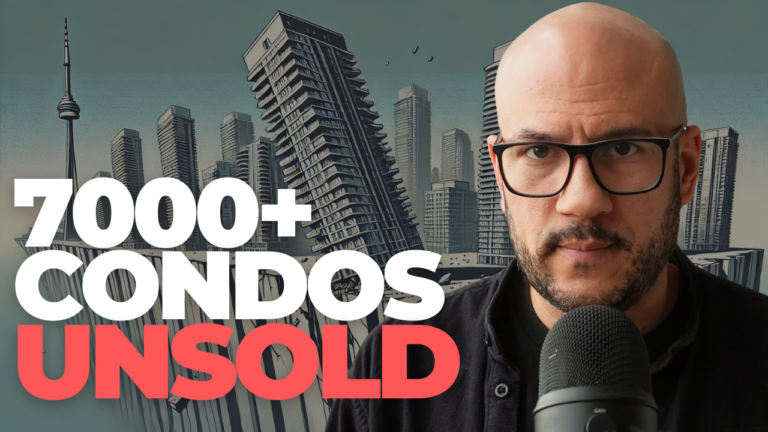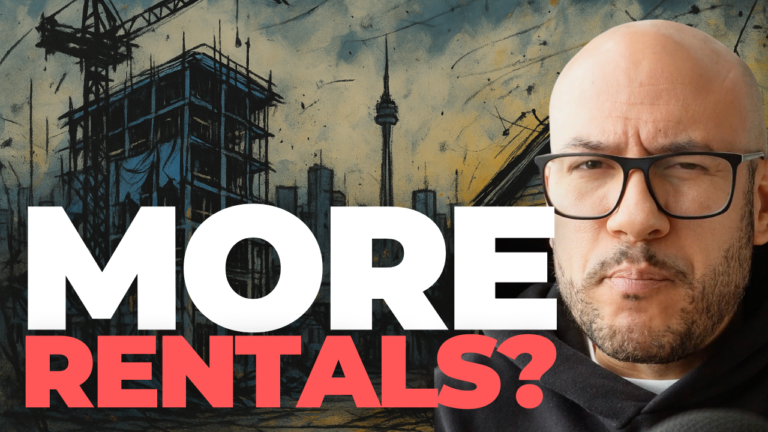The Canadian government recently introduced new mortgage rules, including the 30-year amortization for first-time buyers, to make homeownership more accessible. But could these changes actually lead to higher housing costs in the long run? In this post, we’ll break down how these mortgage rules might be impacting the housing market, the hidden costs behind them, and why affordability is still a major concern.
What Are the New Mortgage Rules in Canada?
The new mortgage rules announced by the Government of Canada aim to help first-time homebuyers enter the market. The three main changes include:
- Higher Insured Mortgage Cap: The insured mortgage limit has increased from $1 million to $1.5 million, allowing buyers in high-cost cities like Toronto to qualify for bigger mortgages with smaller down payments.
- 30-Year Amortizations: First-time buyers can now stretch their mortgage over 30 years, resulting in lower monthly payments but extending the debt over a longer period.
- Switching Lenders Made Easier: At renewal, homeowners can switch lenders without undergoing a stress test, which can lead to more competitive interest rates.
While these changes sound beneficial on the surface, the hidden costs of a 30-year amortization could have a significant impact on your financial future.
The Short-Term Benefits Explained
The new mortgage rules offer some immediate advantages, including:
- Lower Monthly Payments: Extending the amortization period reduces monthly mortgage payments.
- Easier Qualification: Lower payments make it easier for buyers to pass the mortgage stress test.
- Increased Buying Power: The higher mortgage cap allows buyers to consider more expensive properties, especially in high-priced markets like Toronto and Vancouver.
The Hidden Costs of the 30-Year Amortization
However, there’s more to the story. Although your monthly payments may be lower, you could end up paying significantly more in interest over the life of the mortgage. For instance:
- A $500,000 mortgage at 5% interest with a 25-year amortization would result in a total interest payment of approximately $372,000.
- With a 30-year amortization, that same mortgage would cost you around $466,000 in interest—an additional $94,000!
This means you’re essentially paying more for the privilege of smaller monthly payments, making the 30-year amortization a costly option in the long run.
Why These Changes Could Lead to Higher Housing Prices
When more people qualify for larger loans, demand for housing increases. But what happens when demand rises faster than supply? You guessed it—housing prices go up.
The Canada Mortgage and Housing Corporation (CMHC) estimates that to bring housing prices back to reasonable levels, we’ll need 3.5 million new homes by 2030. Yet, we’re not building homes fast enough to meet this demand, especially in cities like Toronto and Vancouver.
As more buyers enter the market with access to bigger loans, we could see even higher bidding wars and inflated prices, further worsening the housing affordability crisis.
The One Positive Change: Stress Test Removal at Renewals
One aspect of the new rules that could genuinely help homeowners is the removal of the stress test at mortgage renewals. This change makes it easier for homeowners to shop around for the best interest rates without having to requalify. It encourages more competition among lenders and could potentially save you a lot of money in the long term.
Why the Housing Crisis Isn’t Just About Supply
A common narrative is that the housing crisis can be solved by simply building more homes. But in reality, it’s not just about supply. Here’s why:
- Investor-Driven Demand: Many new properties are being bought by investors rather than end-users, driving prices up even further.
- Stagnant Wages vs. Rising Costs: Since the 2000s, wages have stagnated while the cost of homes has skyrocketed. Post-pandemic inflation has further eroded purchasing power, making it even more challenging for people to afford homes.
Proposed Solutions for True Affordability
To tackle the affordability crisis, we need to look beyond just building more homes. Here are a few potential solutions:
- Tax Rebate System for End Users: Similar to the HST rebate, this system would offer a tax rebate to buyers who purchase homes as end-users, not investors.
- Enhanced Purchasing Power Programs: Government-backed initiatives that help first-time buyers with down payments and lower interest rates could help bridge the gap.
- Reducing Development Charges: Cutting development fees and taxes on new builds, while ensuring developers pass the savings onto buyers, could make housing more affordable.
Conclusion: The Real Cost of Canada’s New Mortgage Rules
While Canada’s new mortgage rules might provide some short-term relief, the hidden costs of the 30-year amortization could make homeownership even more expensive over time. To truly address the housing affordability crisis, we need long-term solutions that enhance purchasing power, build homes for end-users, and make construction more affordable without letting developers profit at the expense of buyers.
Are you navigating the Canadian housing market? Feel free to reach out for personalized advice and stay informed by subscribing to our latest real estate insights.
FAQs:
Q1: How do Canada’s new mortgage rules affect first-time buyers? The new rules make it easier for first-time buyers to qualify for larger loans and offer longer amortization periods, resulting in lower monthly payments. However, this also means more interest paid over time.
Q2: Why might the 30-year mortgage make housing more expensive? By lowering monthly payments, the 30-year mortgage increases demand, which can push housing prices higher, especially in tight markets like Toronto.
Q3: How can I reduce my mortgage costs under the new rules? Consider shopping around at renewal to take advantage of the stress test removal, which can help you find a better interest rate.


